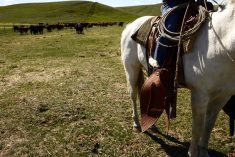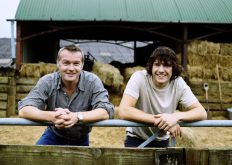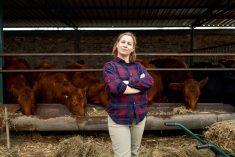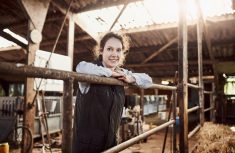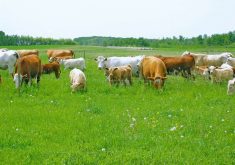Change and how we deal with it seems to be a common theme for me in this column. My curiosity has led me to another change model, known as the transtheoretical model. This model was developed in 1977 by James Prochaska and Carlo DiClemente, after reviewing several different theories. It’s usually applied to healthy behavioural change, but may be helpful when we are embarking on changes in our operations.
The model includes six stages:
- Precontemplation — failing to recognize the need for change.
- Contemplation — seriously considering the need for change.
- Preparation — making small changes.
- Action — less than six months.
- Maintenance — lasting longer than six months.
- Termination.
As with many things, progression is not necessarily linear. In fact, hardly ever. When thinking of making health changes, there will be relapses. So, it is important to have some strategies in place. There are 10 processes that can support the progression. Three important ones are self-efficacy, decisional balance and temptations.
Read Also
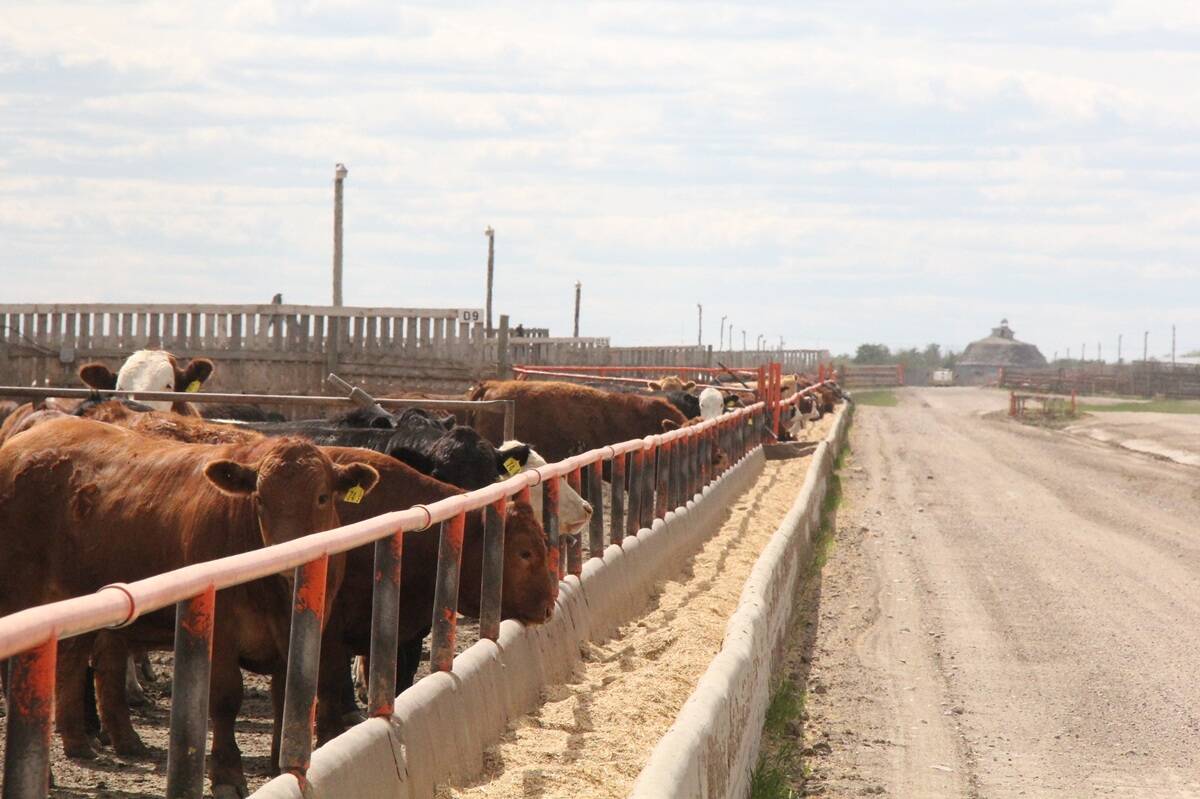
Unwinding the fibre in feedlot cattle diets
Research into how barley rolling method and undigestible NDF levels affect animal performance and digestive health in finishing diets
I encounter many people who are in the contemplation stage of transitioning farming or ranching businesses. They fully acknowledge that a change needs to be made and will happen whether they want it or not. Yet they are stuck, not knowing what the steps are. The basis of self-efficacy is the belief that the benefits outweigh the drawbacks. Reflection and consideration of the pros and cons can be a strategy.
People are unlikely to act if the cons dominate. The lack of a simple solution or the potential for difficult conversations can keep people in that rut, spinning their wheels. But what if we looked at the pro list? This includes clarity, a team working together to collaboratively come up with options that so far had not even been considered, and renewed operating processes that can help the outfit run more smoothly and profitability. And how about the big one — more time! Everyone will have their own list of potential positive outcomes. I encourage you to develop your own and share them with a trusted individual in your life. What if you considered the possibility that things could turn out better than you had ever imagined? What would that look like?
Preparing for succession could mean coming up with the steps you need to take. Don’t make a huge list. Consider small steps. Set up a meeting with the lawyer or accountant. Or if you don’t have a good one whom you trust, find an accountant or lawyer. Talk to others in the business and look for recommendations. Make a list. Do some research. Narrow it down to three names and set up meet and greets. Just as with doctors, some may come highly recommended but won’t be the right fit. And it needs to be a fit for both generations. Give the younger ones a say in the decision-making process.
As I have mentioned before, have a family meeting. Share the visions, hopes and dreams. Get someone to facilitate if that would help.
For the action step, start implementing the plan. Revise and update as necessary. And updates will be necessary. Little goes according to plan. Celebrate the successes.
Then one can move into the maintenance stage. We are continually working on the plan and reporting back progress or updates to the rest of the team regularly. Once we’ve completed the transition and the plan, we’ll have reached the termination stage of the model.
Another organizational change model developed in 2008 by Julia Balogun and Veronica Hope-Hailey classifies change into four distinct types.
The first is referred to as evolution, which includes gradual, incremental changes over time. The aim is to achieve cultural change. Adaptation also occurs gradually and does not require fundamental changes in culture or strategy. Revolution is sweeping and often forced or reactive. Reconstruction is also significant and affects multiple sectors of the organization but does not change the core culture. The model is context-specific and allows organizations to adapt the approach to their unique situation.
Again, think about our own operations and what change is required to move through the succession process. For example, are the core culture and components of the business going to essentially stay the same but with different leadership? That strikes me as an adaptation. Moving from winter to summer calving would be another adaptation. Yet I want to suggest that perhaps we consider a more radical approach through reconstruction. The core culture is maintained but elements of the operation will change radically. Switching from a grain enterprise to livestock could be an example. Another would be moving from a conventional operation to organic. Some may experience revolutionary change through the loss of a key member. Or financial circumstances might dictate a forced change. Land access, when much is rented or leased, could also trigger revolutionary change.
As the next generation with new ideas, experiences, skillsets and passions takes over, the business will certainly change. To what degree is up to us as a team to figure out. Understanding and exploring some of the change theories will, I hope, help.
Kelly Sidoryk ranches with her family just west of Lloydminster, Alta. She consults in several areas including succession planning and holistic management.


